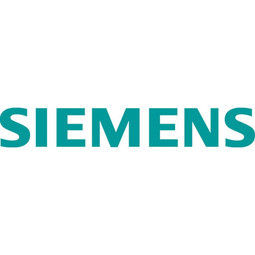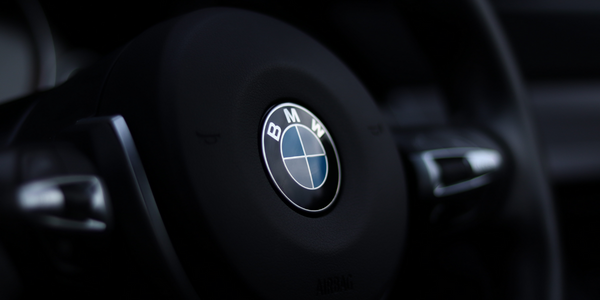
Technology Category
- Analytics & Modeling - Digital Twin / Simulation
- Functional Applications - Product Lifecycle Management Systems (PLM)
Applicable Industries
- Automotive
Applicable Functions
- Product Research & Development
Use Cases
- Virtual Prototyping & Product Testing
The Customer
Maserati
About The Customer
Maserati is an Italian luxury vehicle manufacturer established on December 1, 1914, in Bologna, with around 1,100 employees worldwide.
The Challenge
Digitalization starts with the design of a product. Maserati needs to virtually create, simulate, and test their cars in a time efficient manner. The Maserati engineers needed to manage their project collaboratively across various locations.
The Solution
Siemens provided a solution with CAD software NX and PLM software Teamcenter.
Data Collected
Cycle Times, Installation Diagnostics, Operating Time, Production Efficiency, Setup Time
Operational Impact
Quantitative Benefit

Case Study missing?
Start adding your own!
Register with your work email and create a new case study profile for your business.
Related Case Studies.

Case Study
Integral Plant Maintenance
Mercedes-Benz and his partner GAZ chose Siemens to be its maintenance partner at a new engine plant in Yaroslavl, Russia. The new plant offers a capacity to manufacture diesel engines for the Russian market, for locally produced Sprinter Classic. In addition to engines for the local market, the Yaroslavl plant will also produce spare parts. Mercedes-Benz Russia and his partner needed a service partner in order to ensure the operation of these lines in a maintenance partnership arrangement. The challenges included coordinating the entire maintenance management operation, in particular inspections, corrective and predictive maintenance activities, and the optimizing spare parts management. Siemens developed a customized maintenance solution that includes all electronic and mechanical maintenance activities (Integral Plant Maintenance).

Case Study
Monitoring of Pressure Pumps in Automotive Industry
A large German/American producer of auto parts uses high-pressure pumps to deburr machined parts as a part of its production and quality check process. They decided to monitor these pumps to make sure they work properly and that they can see any indications leading to a potential failure before it affects their process.

Case Study
Carmaker Holds the Keys to Network Security
FAW-Volkswagen Automotive Company (FAW-VW) required a high number of communication terminals due to its rapid development. FAW-VW also faced challenges in security management, IT Operation and Maintenance (O&M) costs, and employees work efficiency. FAW-VW needed terminal security protection with reliable access control and user rights management and comprehensive network protection.






